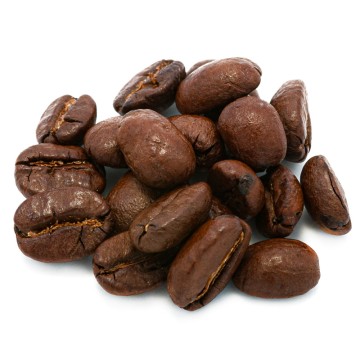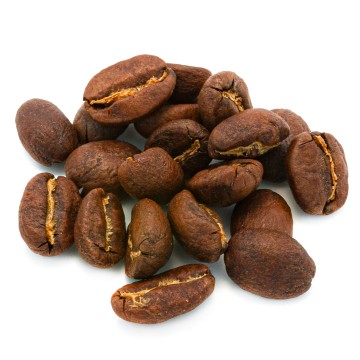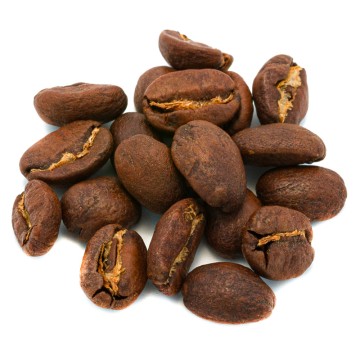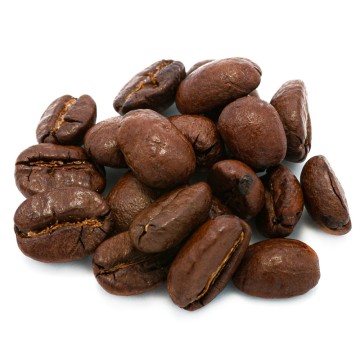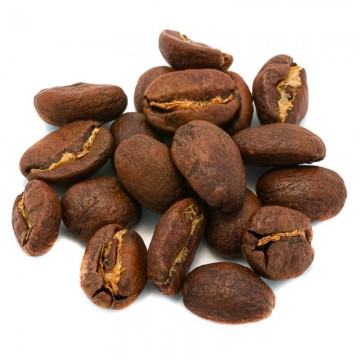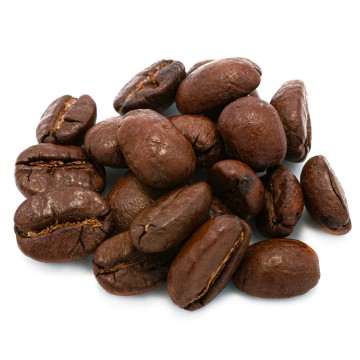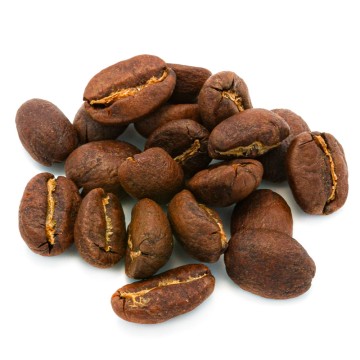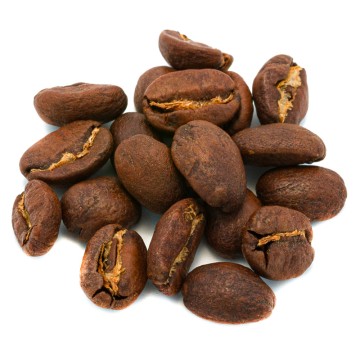There is not just one Colombian coffee, Colombia is the third largest producer in the world, the country is quite large and coffee is grown in different regions. However, we can identify some characteristics common to most coffees coming from Colombia: one is the low acidity, as the aroma is defined by many as fruity and lively. Others have an important body but are also aromatic.
History of coffee production in Colombia
Brought by the conquistadors (the year should be 1723) and then the cultivation is spread by missionaries (in this case the Jesuits), the history of the introduction of coffee in Colombia it is similar to that seen in other Latin American countries. It had no appeal among local populations but in Europe the drink was spreading rapidly, prices were growing and as we know, coffee cultivation is almost impossible in countries with a temperate climate. Around the 1830s, production had spread to various regions of Colombia and the country debuted on the world market. At the end of the century, coffee exports had already become the largest income for the Colombian economy. In the 20th century, in reaction to the crisis in the world coffee market (early 1900s), the National Federation of Coffee Growers (FNC) was created. The aims of the organization are: to increase bargaining power through union and supervision of farmers' rights. The Federation of Colombian growers then created a technical body that works to improve production, both in terms of quality and by trying to select varieties that are more resistant to roja, the coffee rust: the Centro Nacional de Investigaciones de Café (Cenicafé) . Colombia is now the third largest producer of coffee in the world (according to data released in 2018 by the International Coffee Organization, production amounted to 810,000 tons), almost all of which is arabica and is considered a quality coffee.
The quality of decaffeinated Colombian coffee
We wrote that talking about Colombian coffee as if it were all the same is risky given that it is a fairly large country that produces it in regions far from each other, but it is also true that the environmental conditions of many of these areas are similar: for example, most Colombian coffee is grown between 1200 and 1700 meters. There are therefore characteristics common to most Colombian coffees, such as low acidity. The drying is carried out with the washed method which, compared to the natural one, tends to increase the acidity because the seed does not absorb sugars from the pulp residues in this phase; evidently the environmental characteristics are such that the seed absorbs them during maturation and The result is a coffee that is aromatic with floral and sweet notes. The most important regions for coffee production in Colombia are: Huila, Narino, Antioquia, Cauca, Santander, Tolima. Huila is located in the south of Colombia, it is a mountainous region, in fact it is crossed by the Andes, to be precise by the Eastern Cordillera. The coffees from Huila are a little more acidic and full-bodied than the average Colombian coffee which, as we have said, is sweet, aromatic and with low acidity. Also to the south, near the equator, we find the Narino region whose coffees are creamy and fruity. Narino is also partly crossed by the Andes but overlooks the sea and therefore slopes down towards the coast. FNC and Cenicafé are based in the Antioquia region, which is not surprising given that it is the area where coffee cultivation began in Colombia and given the presence of these organisms it will not be surprising that the experiments take place in the plantations of this region.

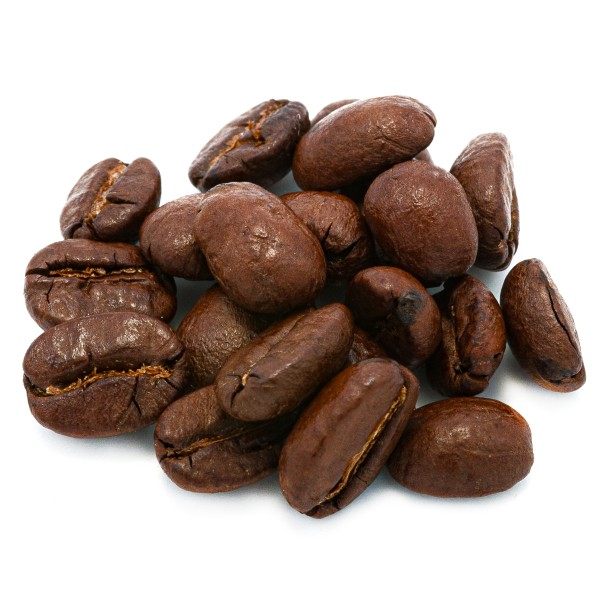

 No reward points for this product.
No reward points for this product.
